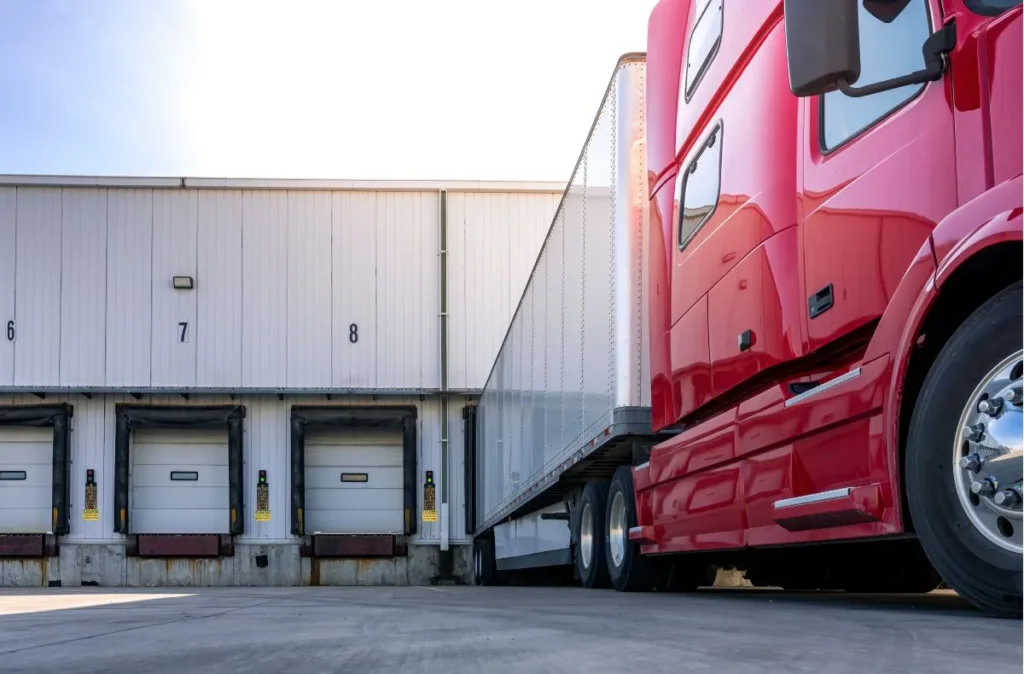The French government has prepared a new customs procedure to accelerate the passage of trucks and reduce severe economic and technical consequences as well as congestion in Eurotunnel and ports, including in Calais or Dunkirk. The new customs procedure was created as a preparation for a no-deal Brexit.
France has developed a smart border system. The purpose of the new customs system is to maintain transit flow, ensure compliance with legal obligations and facilitate the exchange of information between economic operators, shipping companies, the manager of Eurotunnel and customs authorities.
The whole procession is based on completing customs formalities before loading by assigning a bar code associated with the vehicle and transit documentation.
The transit process in four main stages
- Preparation of goods by the importer/exporter who will provide the operator with all information necessary for the customs declaration (transit declaration or pre-declaration).
- The action of naming a notifier who will be responsible for drawing up the declaration (in transit or expected).
- Shipment of the goods by the sender who will be responsible for forwarding the declaration.
- Presentation of documentation by the carrier. At this stage, the customs authorities, despite assigning the bar code to the license plate, will ask the driver for a statement on several specific issues: whether there is cargo in the truck or it is empty, whether it transports goods subject to sanitary or phytosanitary control, or transports fishery products, or transports on the basis of a TIR / ATA carnet.
Customs procedure – the system will identify the codes
After the truck enters the Eurotunnel or ferry, the on-board screens will identify the license plates and codes, assigning them a specific colour, depending on the validity of the transit documents:
- a) green – for transports carried out in transit and those in which the customs declaration has been correctly validated,
- b) orange – for transportation in which it will be necessary to carry out sanitary and phytosanitary inspections, etc.
The new customs procedure will apply in the event of non-contractual withdrawal of Great Britain from the European Union. It will impose additional obligations on consignors, consignees and carriers, but will reduce the time of customs clearance in Eurotunnel and ports. However, the actions of the British authorities are not yet known. Therefore it is not currently possible to predict the length of delays and congestion when crossing the border.
More information is available on the French customs website.
Photo: Pixabay









